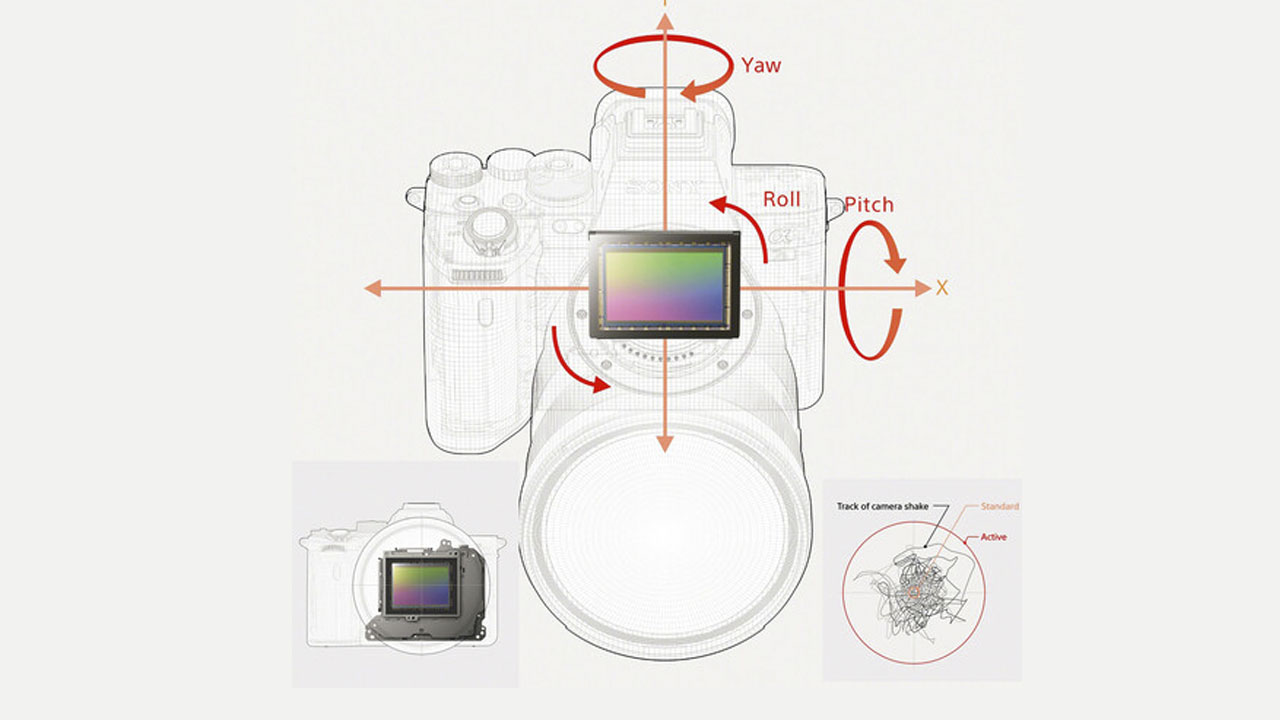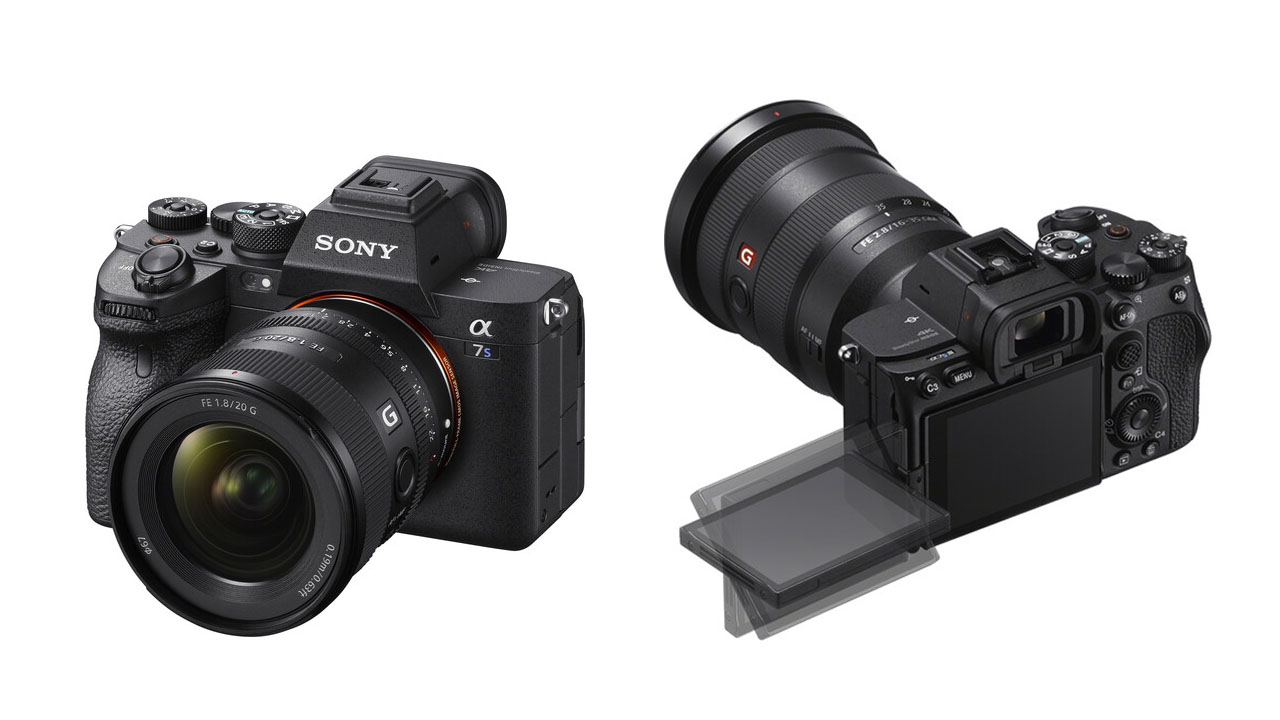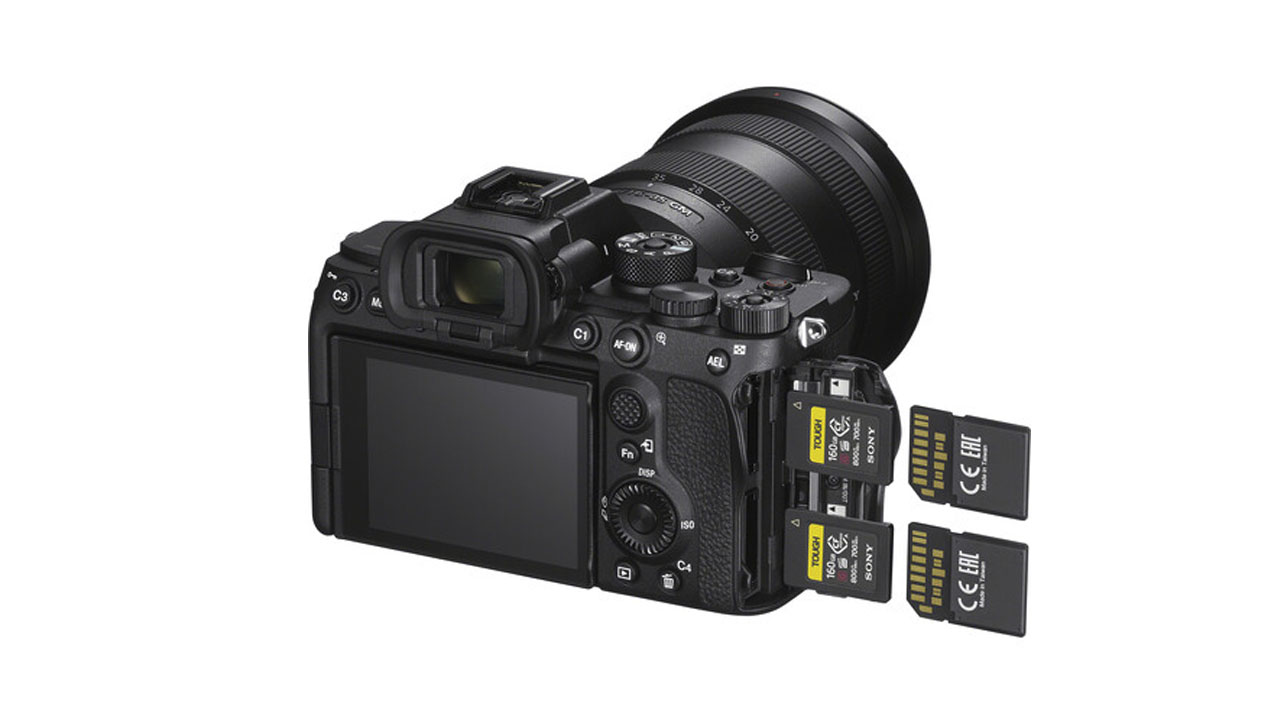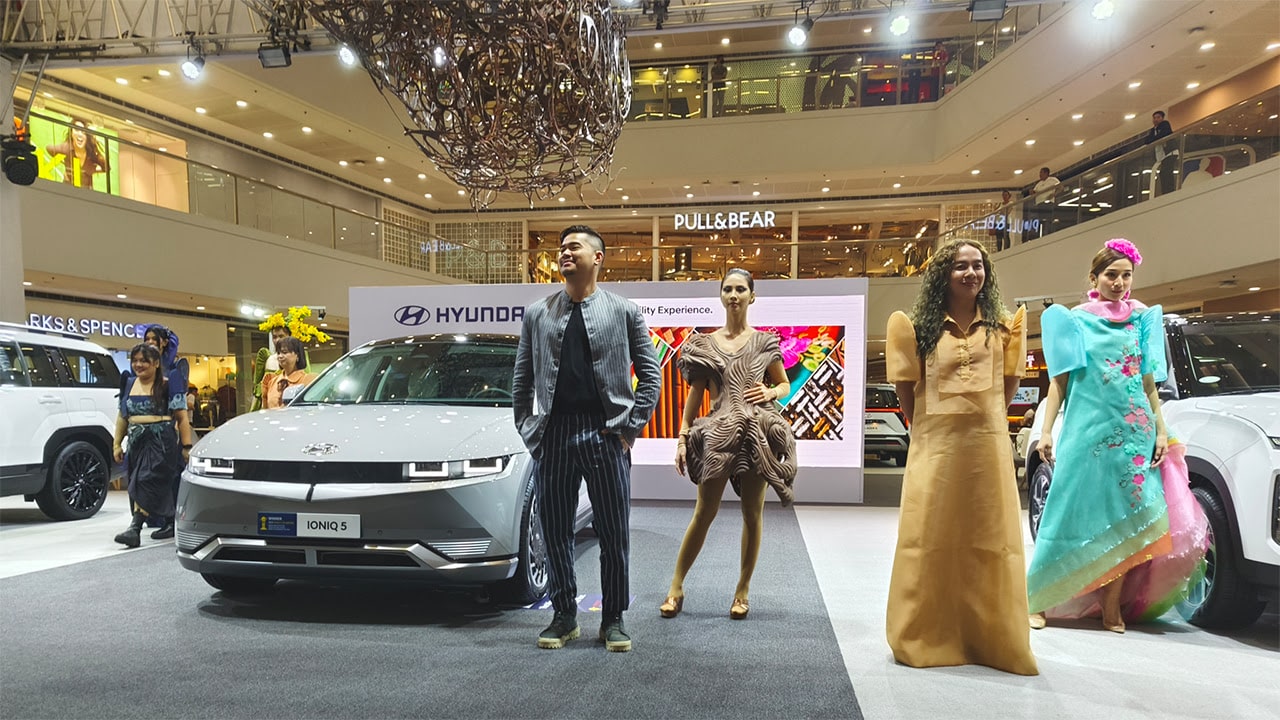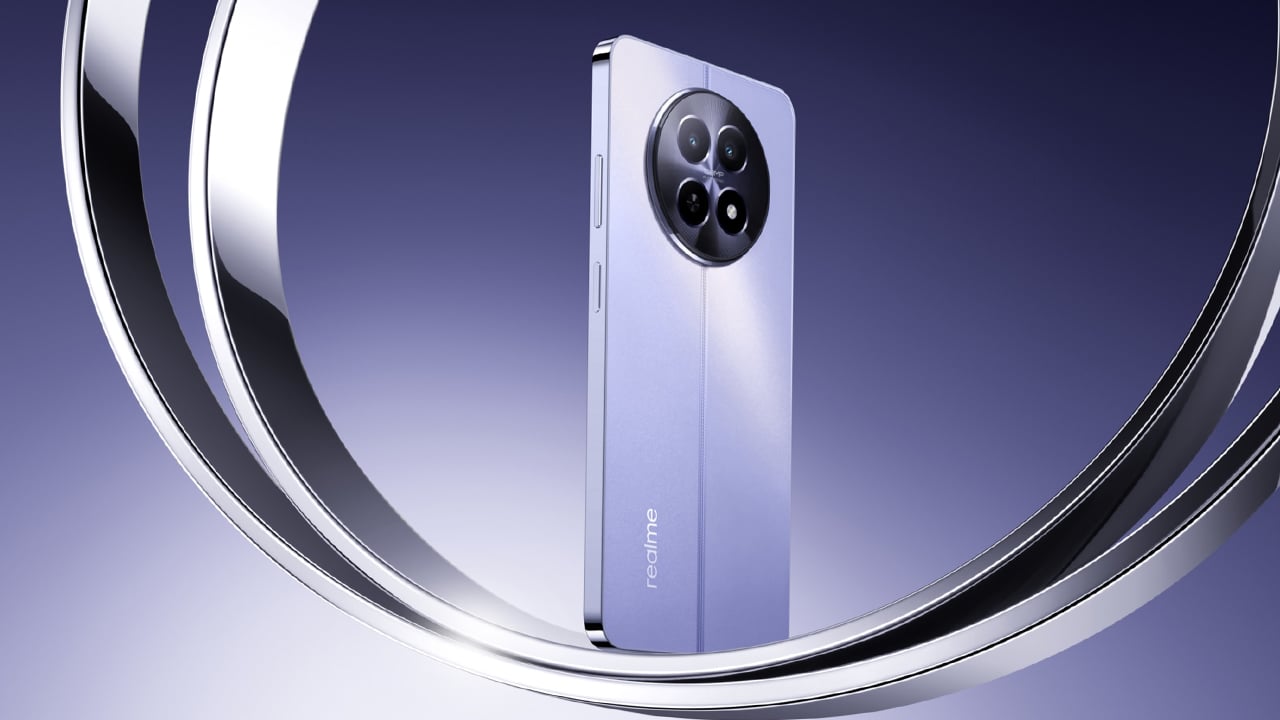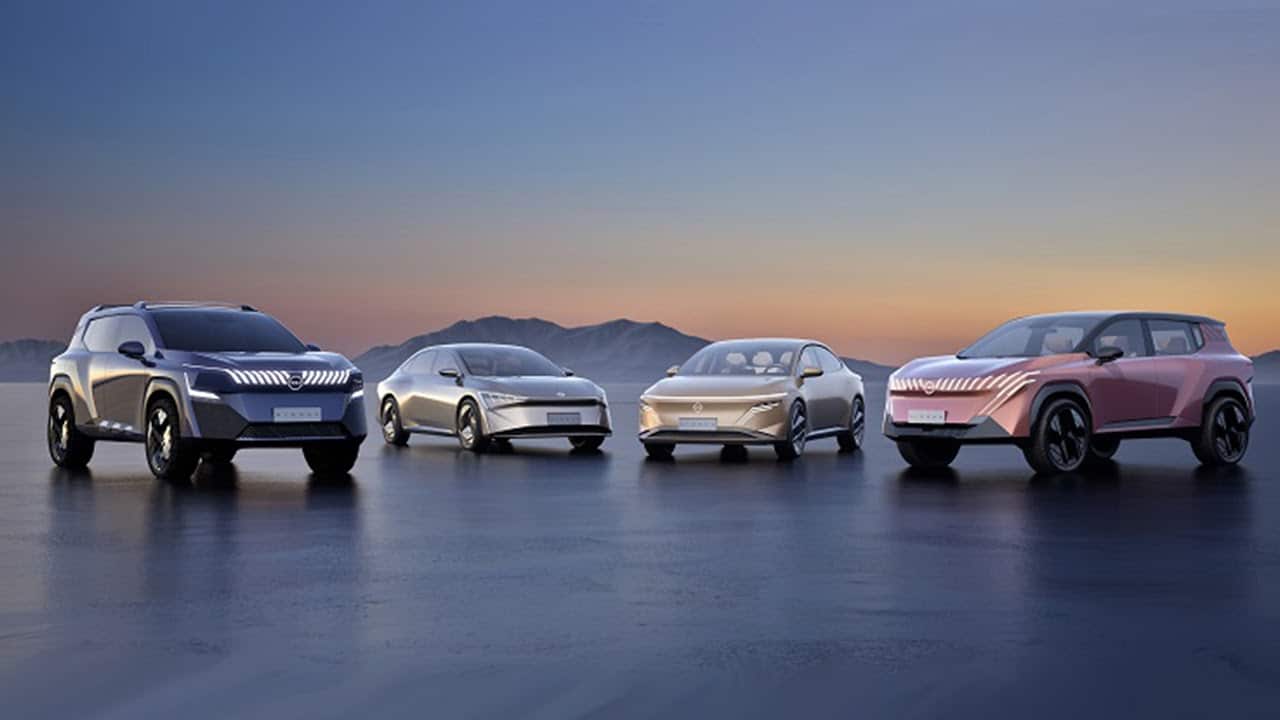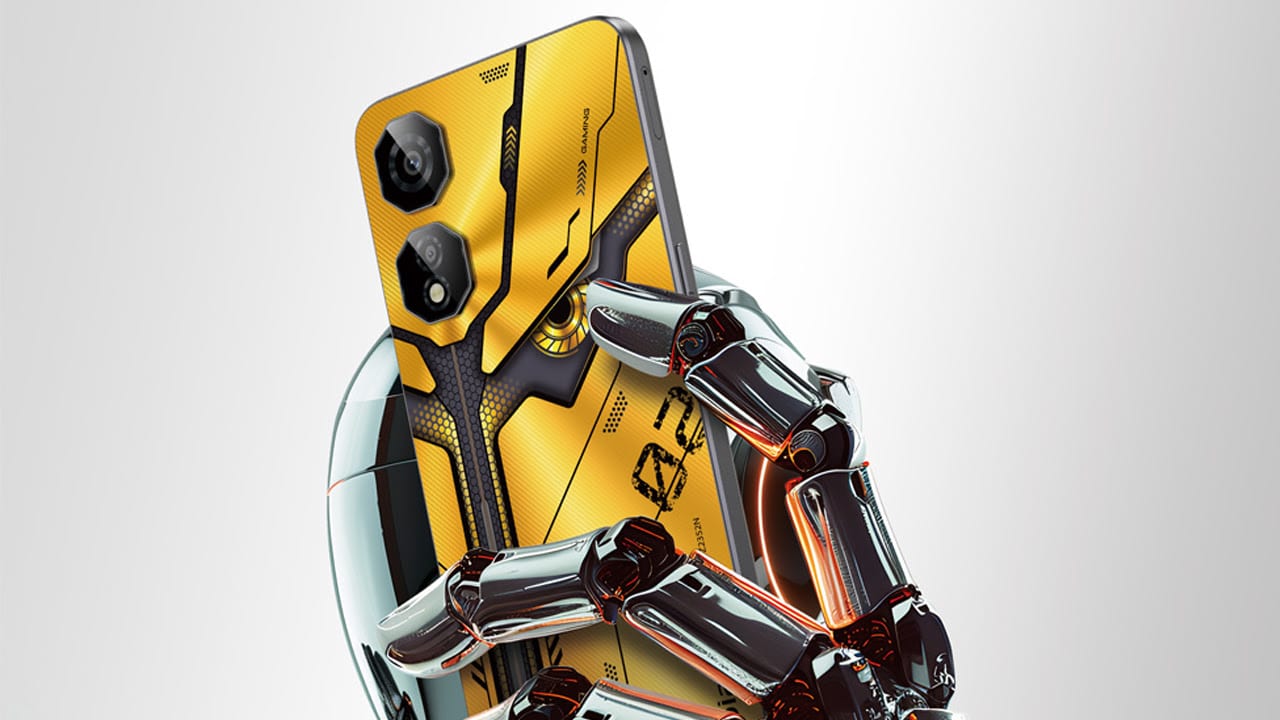10/24/2021
There is a reason why I have always chosen a Huawei nova series phone over any other brands for almost four years now.
Having very specific criteria, the nova series always ticked the right boxes for me. It was affordable, reliable, and the functionality (the cameras in particular) was exactly what I needed.
It had features that no other brand offered at the time. I have owned several nova phones and stuck with the nova 5T for two years now since I did not see significant changes for me to upgrade to the newer models. Will the nova 8 be able to change my mind?
Design
Personally, I see Huawei as one of the trendsetters in terms of having flashy designs and was always a step ahead among the segment in terms of style and functionality.
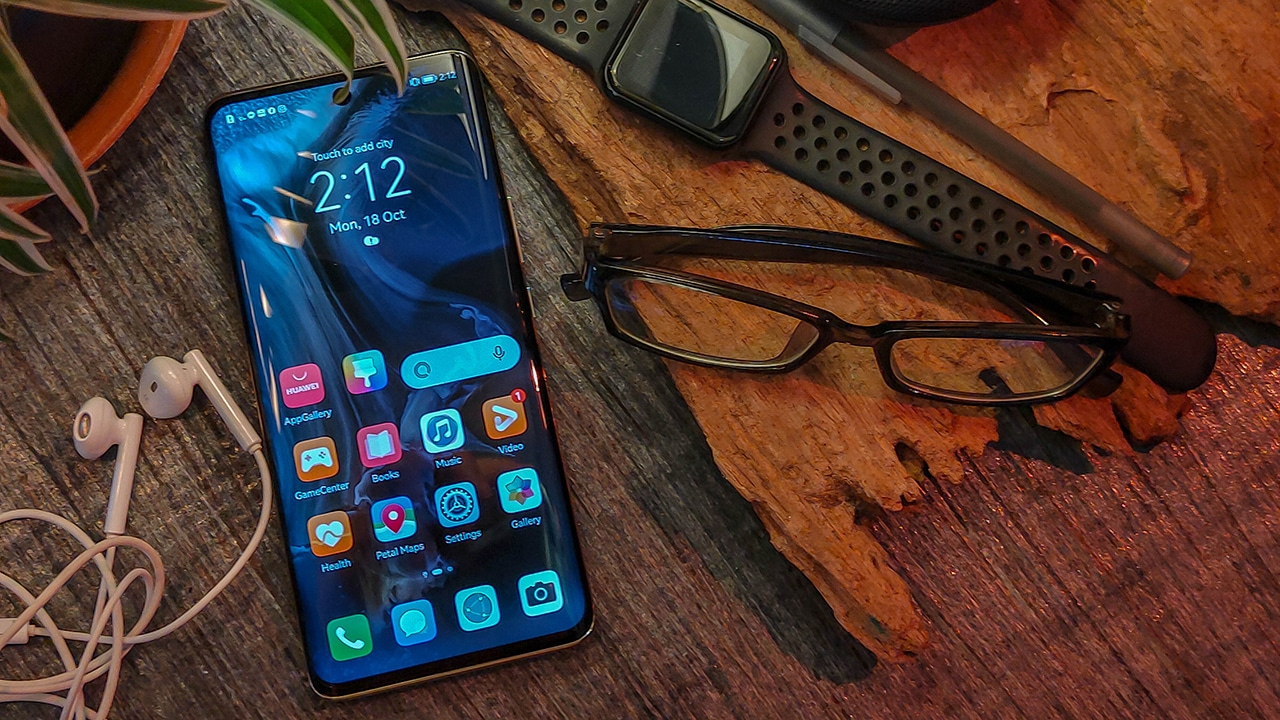
One glance at the nova 8 and you would immediately be drawn to its captivating curved OLED display giving it a premium and unique look like that of the P series. It also features a single punch-hole front camera on the top-center of that vibrant and crisp display.
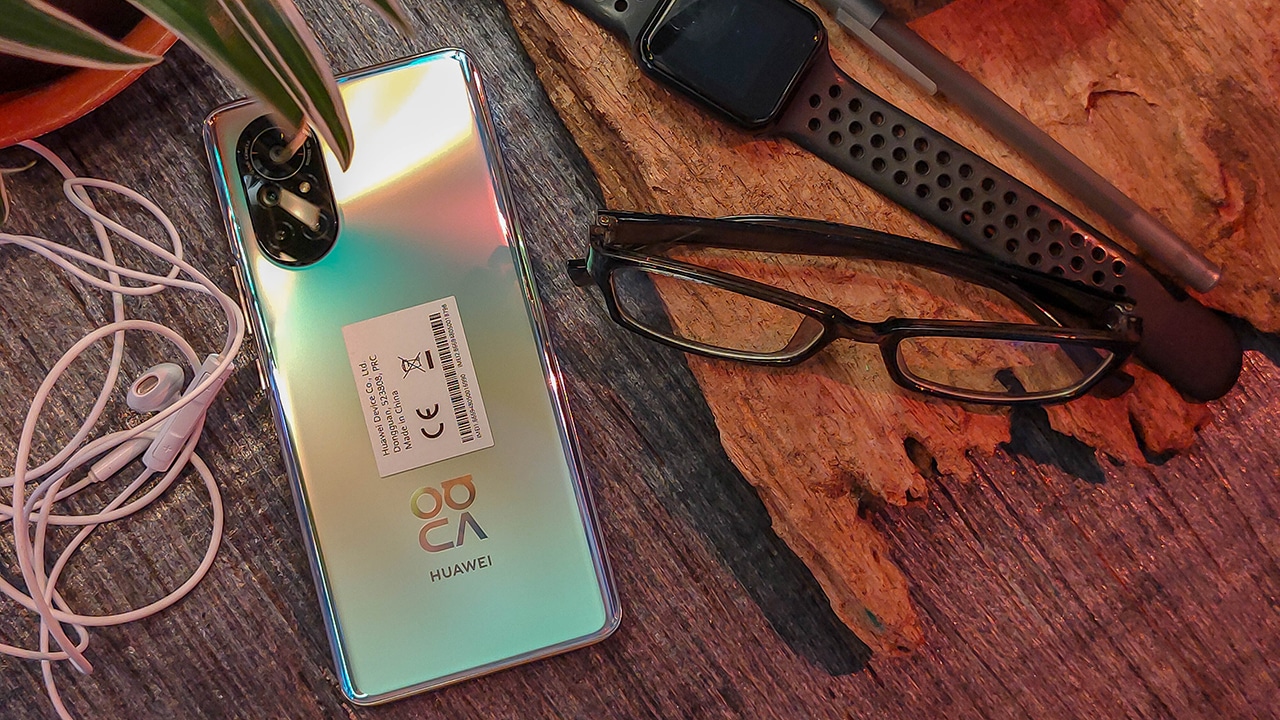
The back panel is covered in an iridescent bluish gold matte finish making it eye-catching from every angle. Its rear cameras are well organized in a pill-shaped panel alongside its chrome and metallic accents for the frame. At just 7.64mm, it comes with a slim body making this phone look refined and high-end.
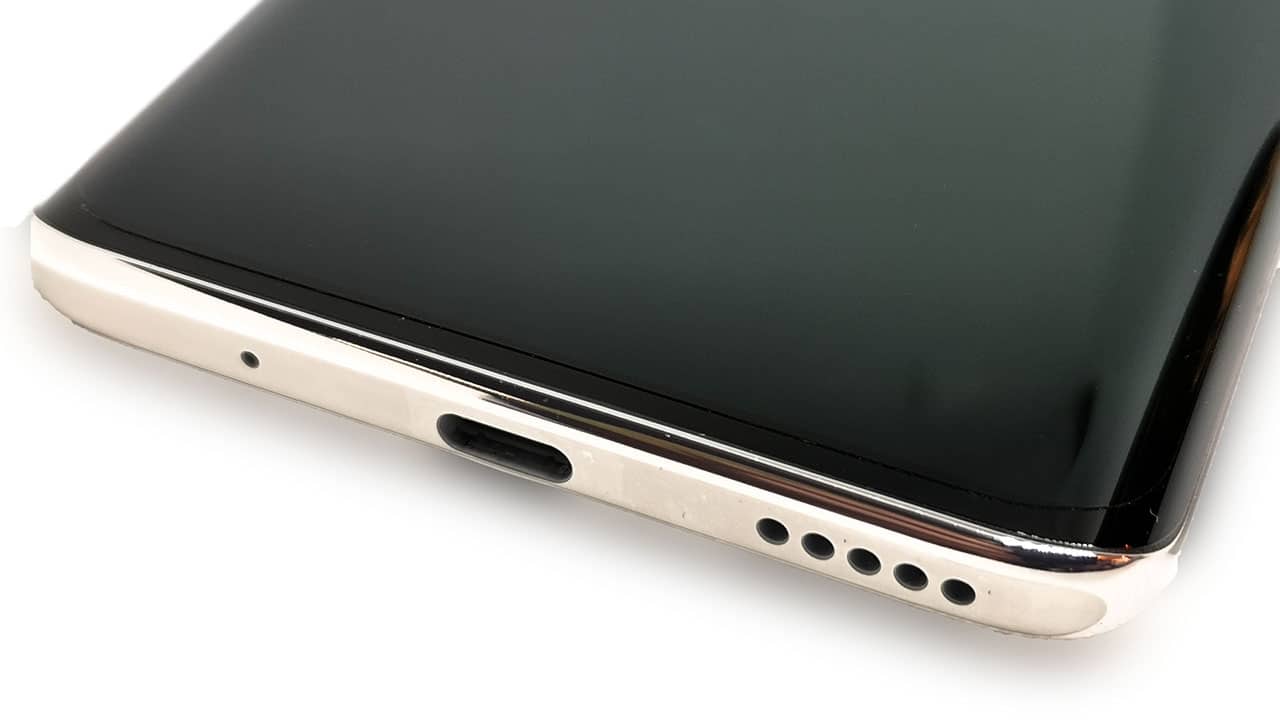
The bottom is equipped with a single speaker grille, a USB-C charging port, and a microphone, while on the right you will find the volume rocker and power button.
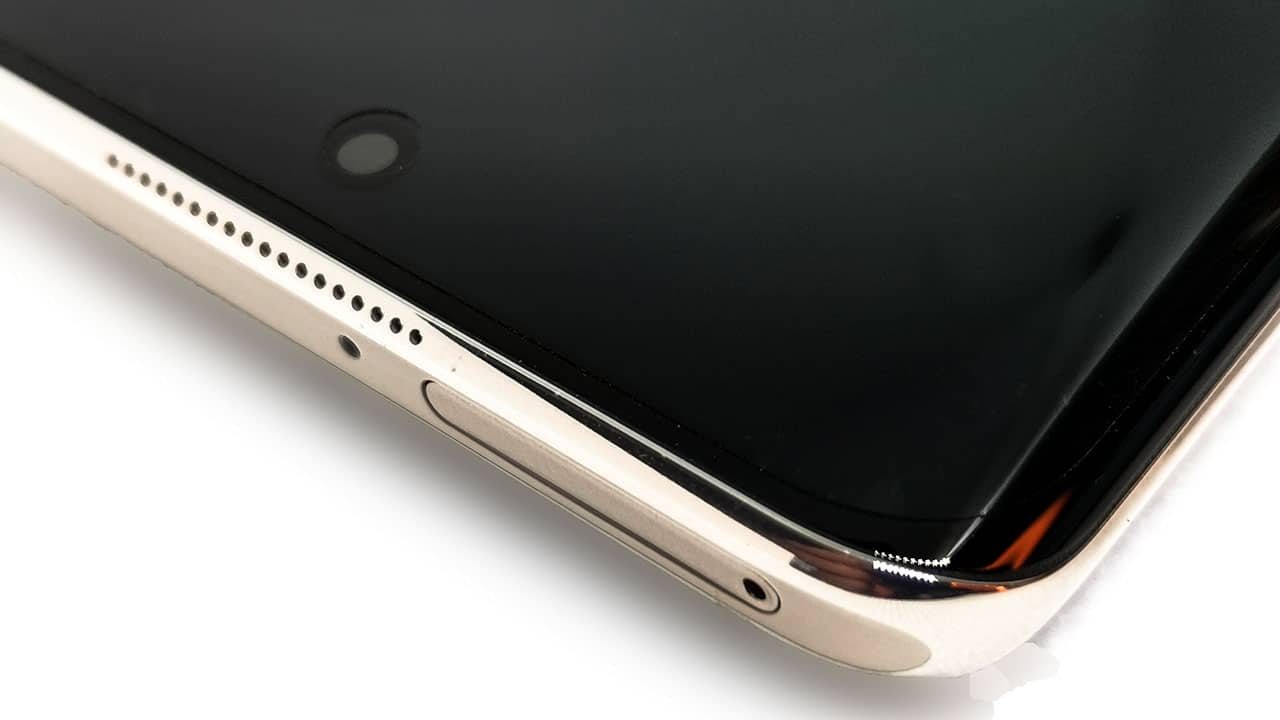
The dual sim tray is positioned at the top along with another microphone.
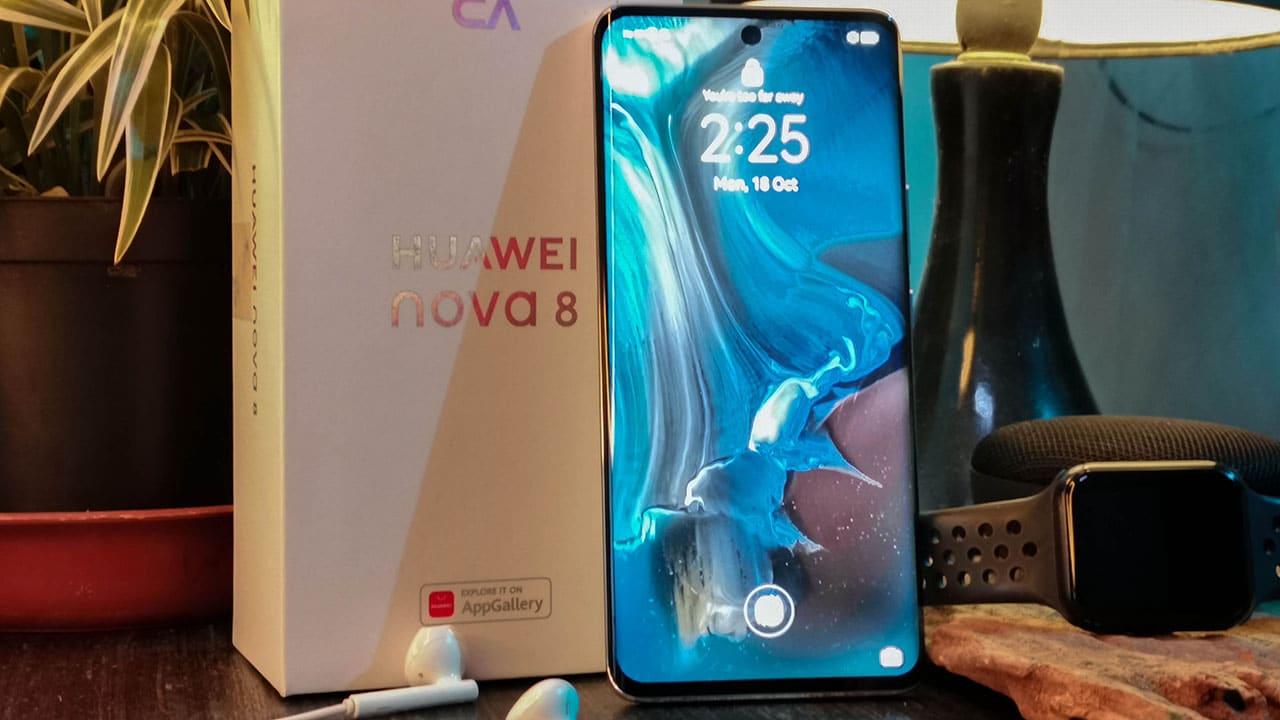
The overall design is clean, ergonomic, and feels great to the touch giving you a comfortable and secure grip. It now also comes with an in-display fingerprint sensor that makes unlocking your phone feel more natural.
Cameras
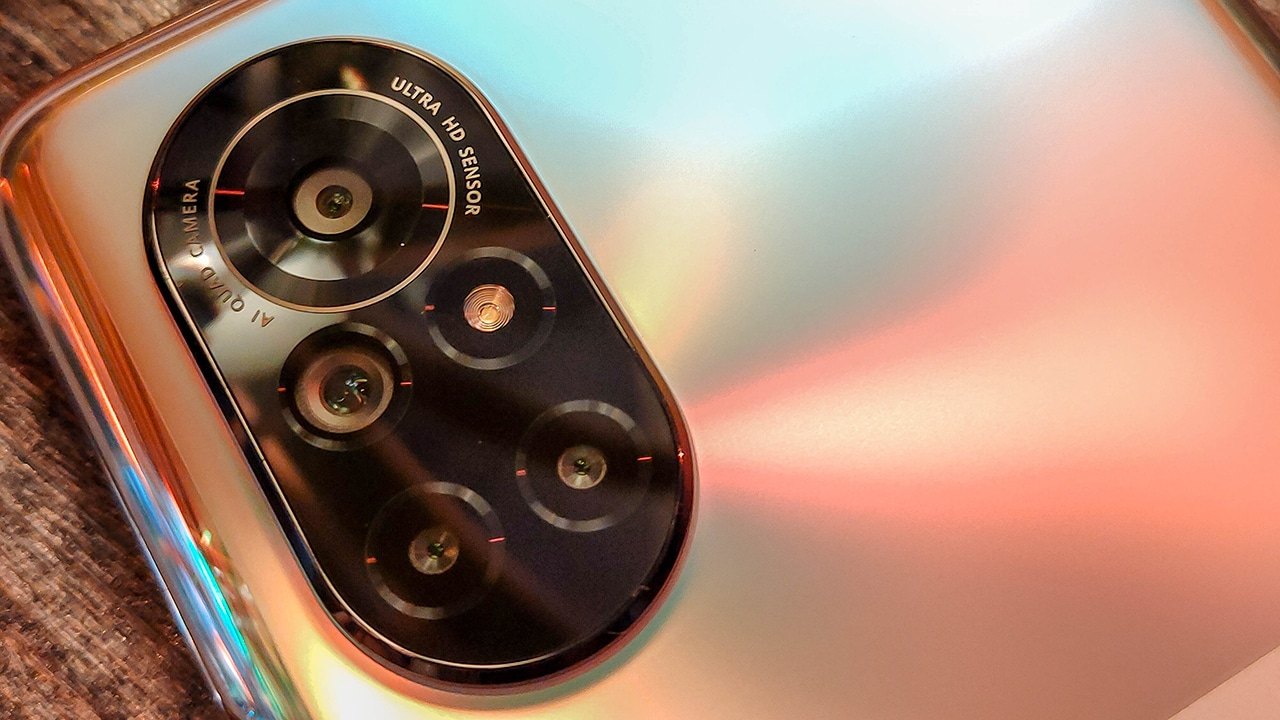
The nova 8 carries a 64-megapixel quad-camera setup. This includes an 8-megapixel ultra-wide-angle camera, a 2-megapixel depth camera for bokeh, another 2-megapixel macro lens, and of course the imaging system is headlined by the 64-megapixel main sensor at f/1.9 aperture.
This phone has a 1/1.56-inch sensor so on paper alone, it’s bigger and should output better quality as compared to its competitors. And speaking from a professional photographer’s point of view, sensor size is everything and will make all the difference.

It’s very noticeable how crisp and vibrant the details are from the main camera even in poor lighting conditions. Noise levels were minimal compared to a few other phones I’ve so far tried, colors were accurate and very natural, plus the depth of field from the main lens is one of the most natural looks I have seen on any mid-range phone.
This is all thanks to its larger sensor and a fixed aperture of f/1.9 that adds to that distinct “prime lens look” even without having to use its Aperture Mode.
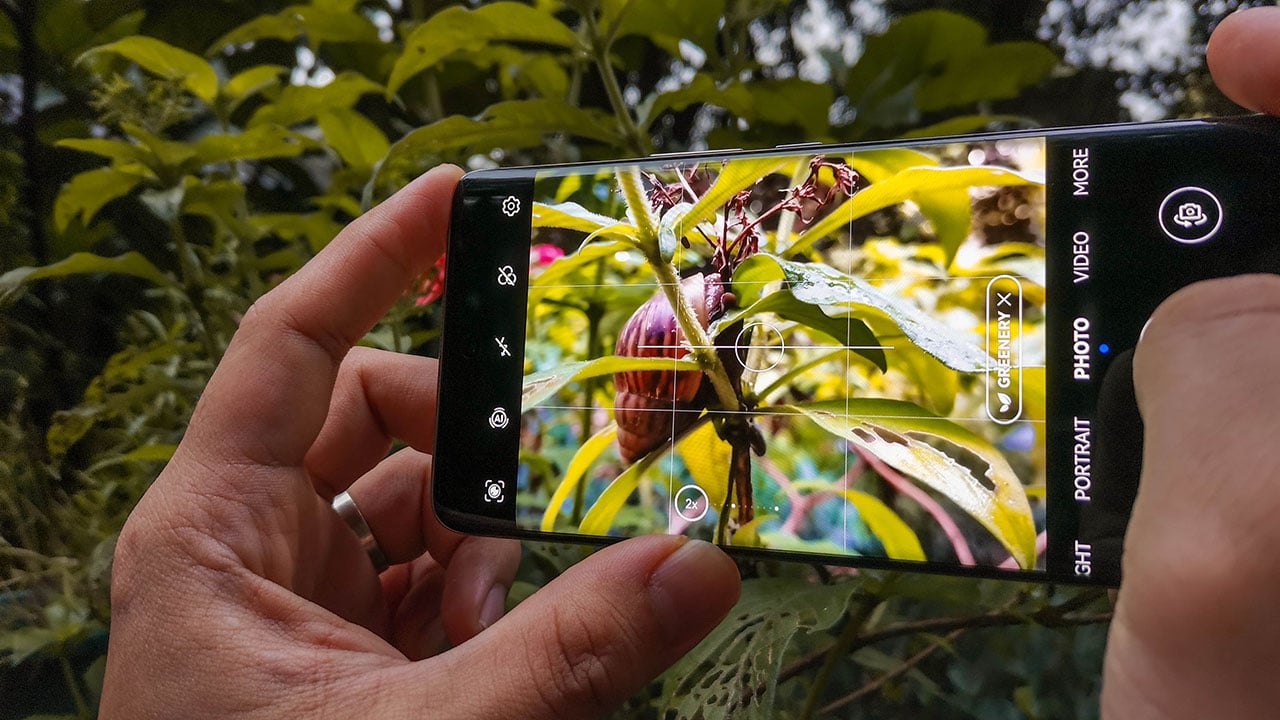
The nova 8 was able to produce stunning landscape photos thanks to its AI enhancement, HDR, and Pro Mode RAW format. The details in shadows and highlights are well balanced bringing out details in vivid colors even when shot against the light.
AI programming is refined & noticeably mild, not over the top compared to some phones whose AI algorithm tends to make photos look a bit cartoonish.
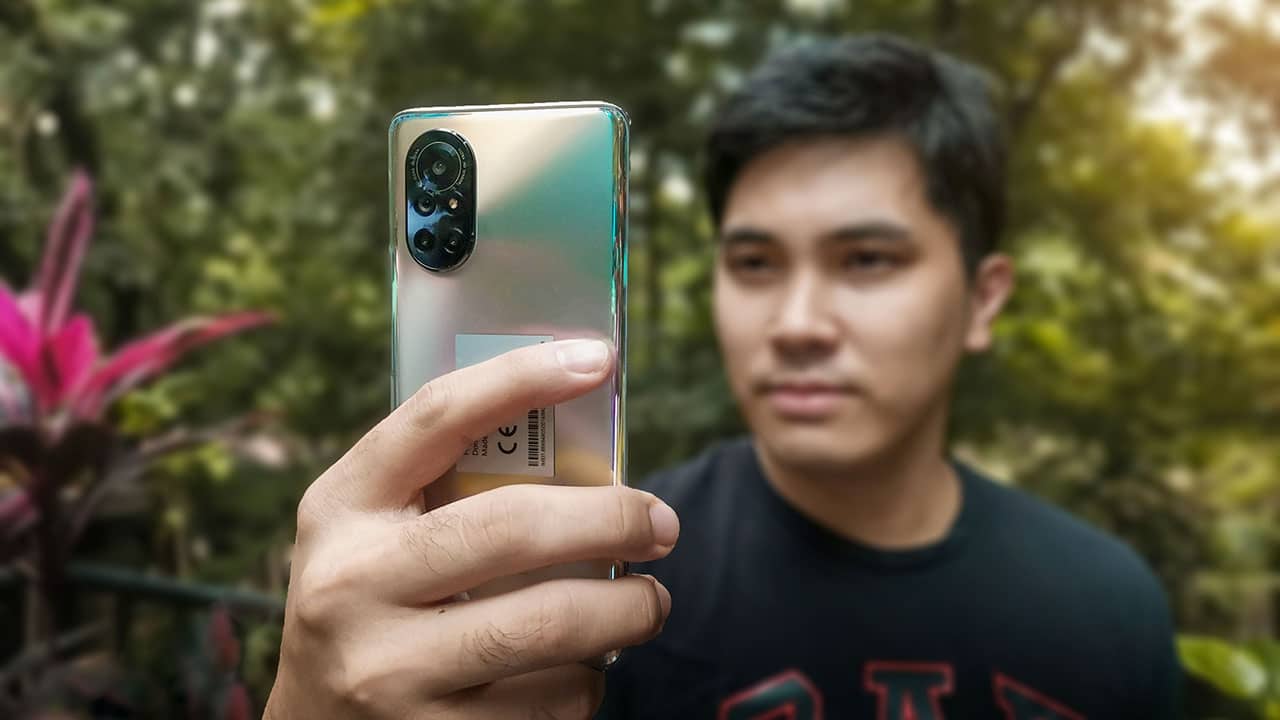
You get 30fps 4K video resolution for the rear and 1080p front camera recording. This phone supposedly has a 4K resolution front camera but our demo unit didn’t seem to have this setting. It also introduces a new feature called Dual-view video adding a creative flair to your videos. Videos produced are smooth with its digital stabilizing doing a good job.
For a more comprehensive camera review, hit this link.
RELATED: Photos you can capture using Huawei nova 8
Performance
Running on the latest EMUI 12 platform with Kirin 829E processor, this phone is smarter and easier to use. The nova 8 also boasts a “Seamless AI LIFE” through Huawei’s ecosystem, giving you the ability to control a number of smart devices at the tip of your fingers.
In terms of memory and storage, this phone comes with 8GB RAM and 128GB ROM.
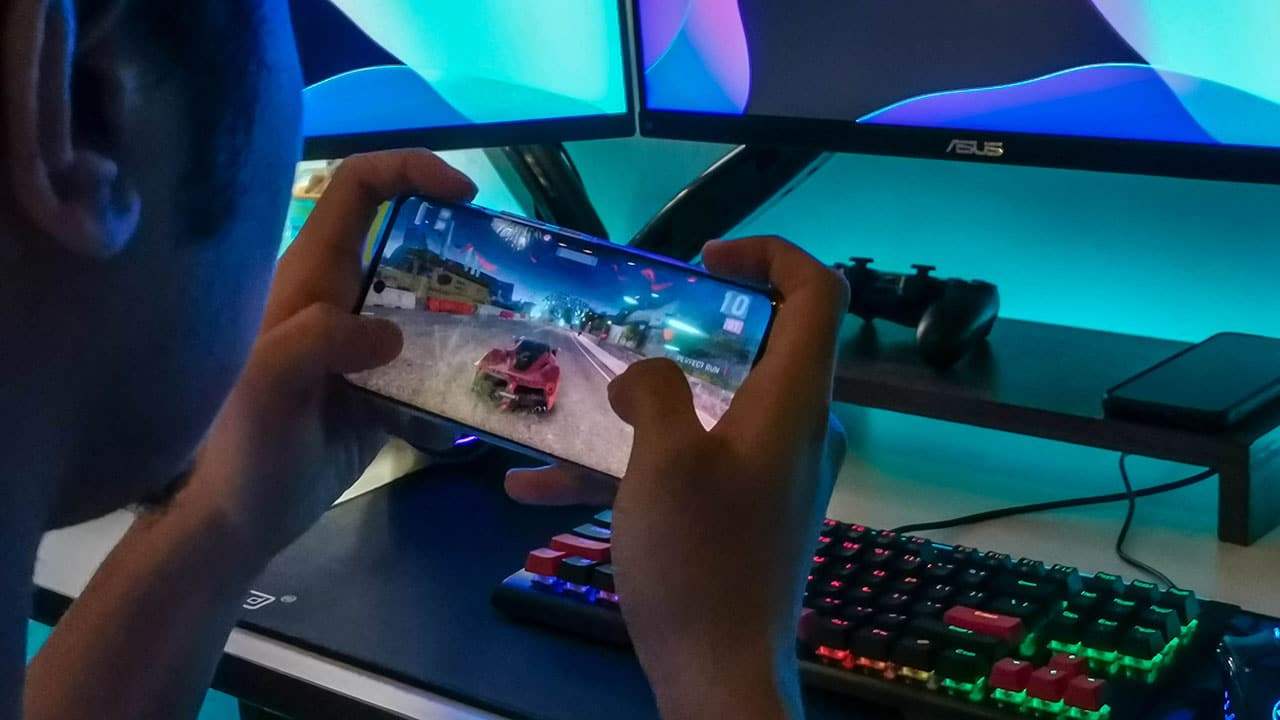
Performance is smooth and multi-tasking, a breeze. Though I’m not a heavy phone user, I haven’t experienced lags or hiccups during my time with it. I also found it reliable for heavier apps like Lightroom and other photo editing apps which I do a lot.
In addition, the gesture controls make navigating through menus and apps much more convenient. It was quite confusing in the beginning but after getting used to it, my fingers would automatically do the gestures even when I’m already using a different phone.
Watching your favorite shows on Netflix is immersive thanks to its OLED display producing deep blacks and vibrant colors.
Playing light games is smooth and definitely still enjoyable due to its 90Hz refresh rate and 10-bit color depth. The 240 Hz touch sampling rate gives you instant response allowing you to enjoy a smooth gaming and browsing experience.
Battery
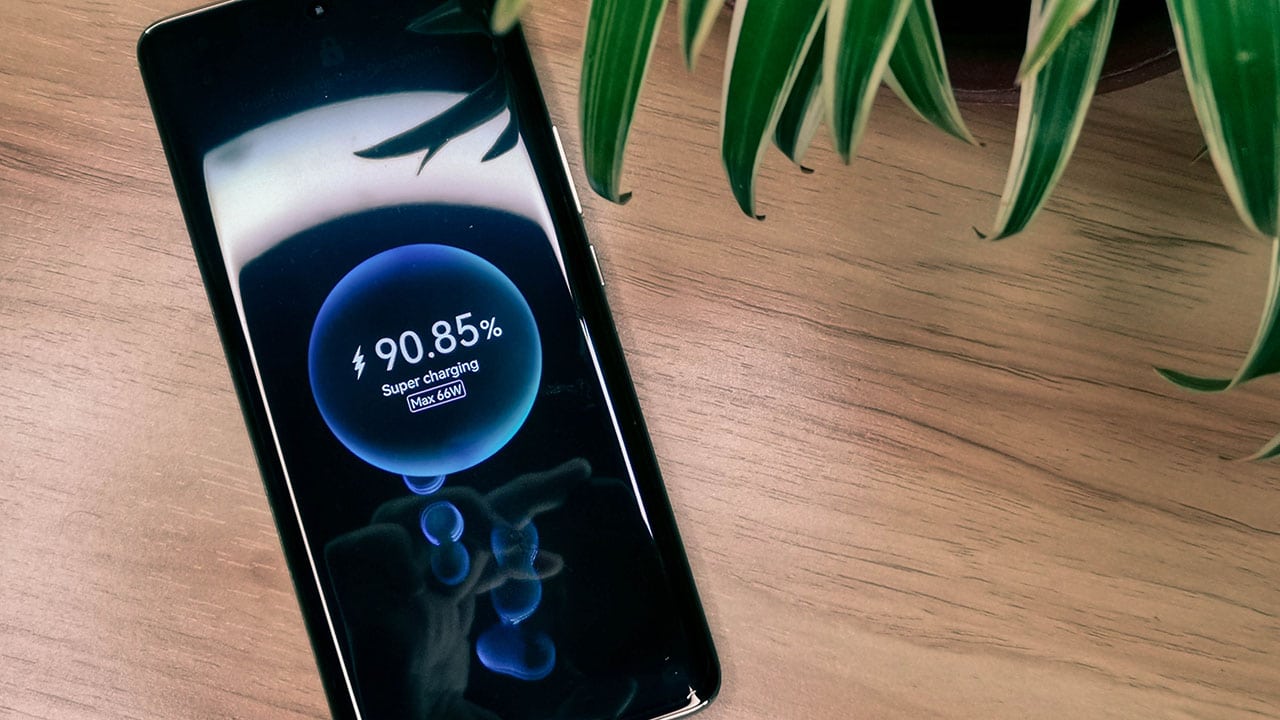
Battery life pretty much lasts the whole day on regular use. But even if you forget to charge your phone, you wouldn’t have to worry.
The nova 8 claims to be the first smartphone that supports 66W of fast charging making it really fast to fill up the device from 0-60% in just 15 minutes and a full charge in just around 35 minutes.
However, in my test, the numbers came out differently. 15 minutes of charging yielded 46% of battery life, and 30 minutes gave me 78%. Finally, fully charging the device took around 43 minutes which is not bad and is still relatively fast in my opinion.
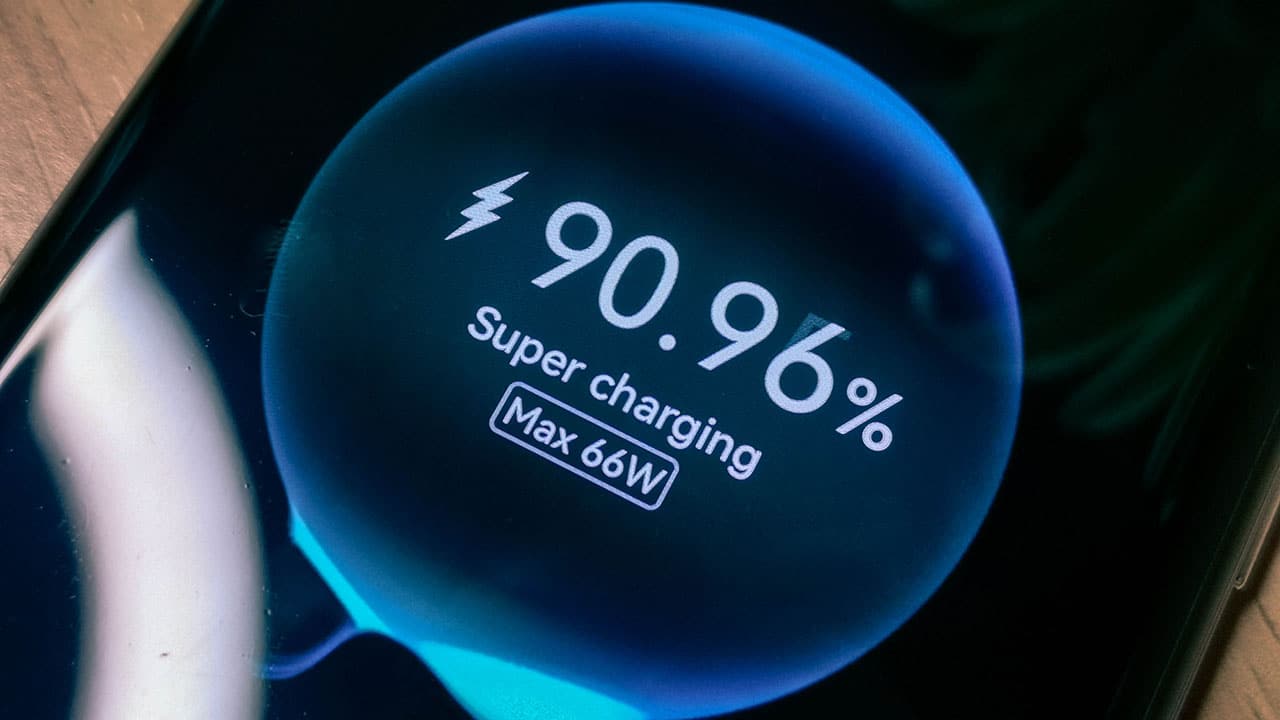
The nova 8 is powered with a 3800 mAh which seems just right for a phone of this size. And thanks to several power-saving modes, the phone can theoretically last for up to 49 hours in Power Save Mode, 37h 46mins in normal mode, and nearly 36 hours in performance mode.
Conclusion
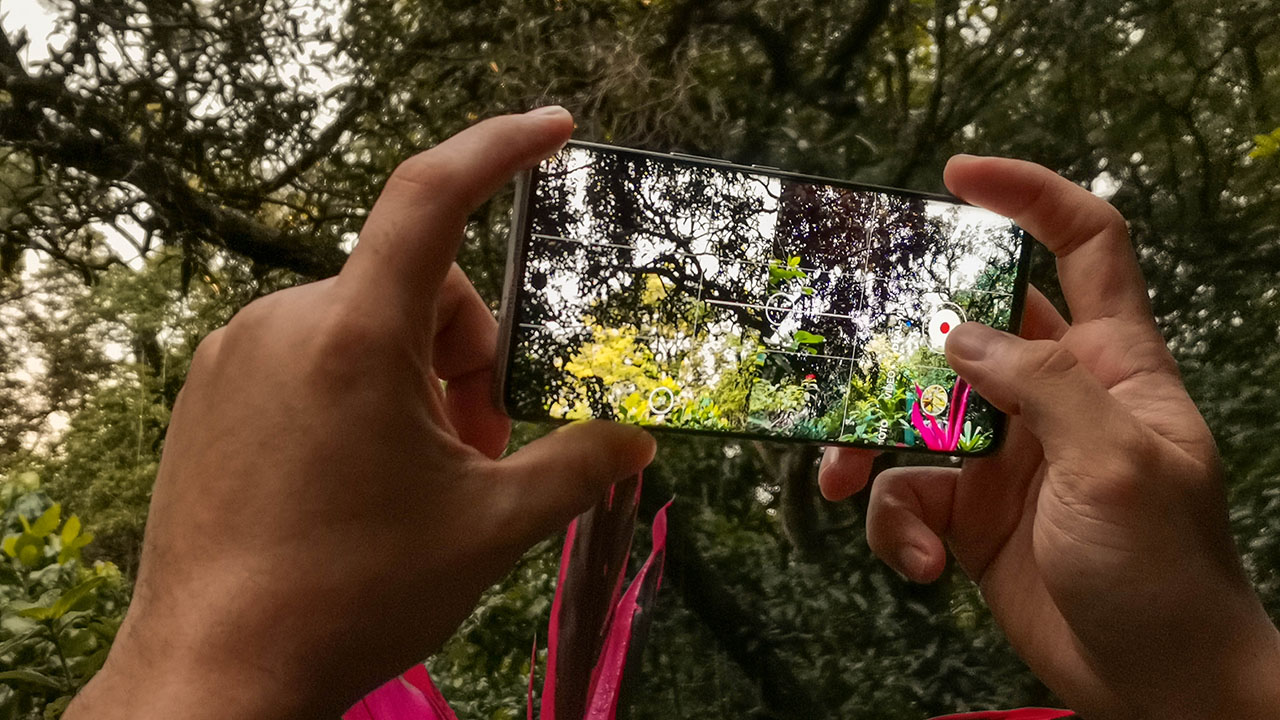
As a nova user of four years, I haven’t really seen a significant reason for me to upgrade my nova 5T – until now.
The most significant upgrade for me would definitely be that large sensor, the 4K front camera, and that 66W charger. And let’s not beat around the bush — the biggest downside for me is still the lack of Google services.
But having used this phone for nearly a month now, I just learned to live without it and, surprisingly, it’s not a big adjustment. It’s something I can easily overlook and is actually not a huge loss for me, to be honest. All of your favorite apps are still available on Huawei’s App Gallery and Petal Search.
At its price point, the nova 8 is definitely worth it, it’s like a flagship phone at the price of a midrange phone, in my opinion. It looks and feels premium, is loaded with features, and really, I couldn’t ask for anything more and it got me wanting one as my daily driver.
